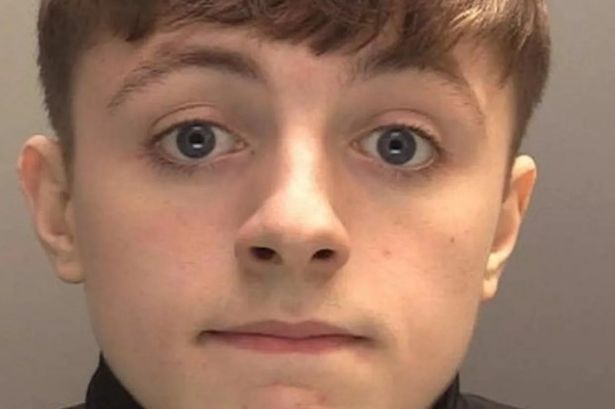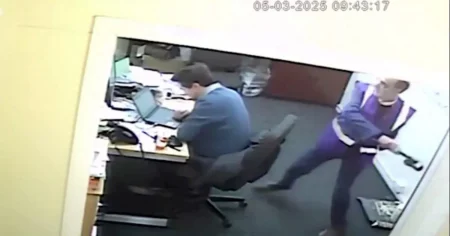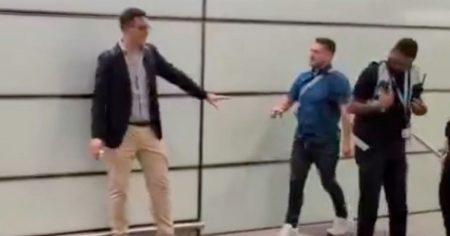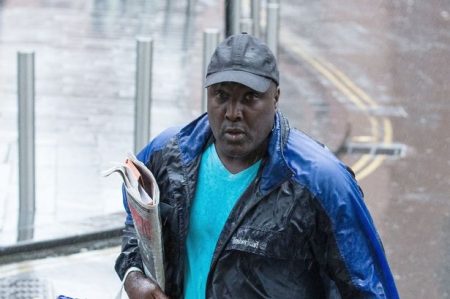Harry O’Brien’s descent into criminal leadership began during his teenage years. Operating within the challenging socio-economic landscape of south Liverpool, a region known for its historical struggles with poverty, unemployment, and gang-related activity, O’Brien rose to prominence as the leader of a cannabis distribution network. This ascent into the criminal underworld wasn’t a sudden leap but rather a gradual process, likely influenced by a confluence of factors ranging from peer pressure and the allure of easy money to a lack of positive role models and limited opportunities for legitimate advancement. O’Brien’s story underscores the pervasive nature of organized crime and the vulnerability of youth in disadvantaged communities, highlighting the pressing need for effective strategies to address the root causes that drive young individuals towards criminal enterprises.
The court proceedings detailed a series of violent acts orchestrated by O’Brien, solidifying his reputation as a ruthless and dangerous individual within the local criminal landscape. The charges against him included multiple shootings, indicating a willingness to resort to extreme violence to maintain control and enforce his dominance over rival gangs or those perceived as threats to his operation. These acts not only terrorized the community but also underscored the escalation of violence associated with organized drug trafficking. The fact that O’Brien directed these violent actions while still a teenager paints a disturbing picture of a young life consumed by criminal activity, underscoring the tragic consequences of early involvement in gang culture and the urgent need for early intervention programs that can divert young people from such destructive paths.
Further adding to the gravity of his crimes, O’Brien was also implicated in an arson attack, a deliberate and reckless act that endangered lives and property. Arson, with its inherent potential for widespread destruction and loss of life, is considered a particularly serious offense. Its inclusion in O’Brien’s repertoire of criminal activities reveals a callous disregard for the safety and well-being of others, further solidifying his image as a dangerous criminal element within the community. The arson attack, alongside the shootings, provides a chilling insight into the lengths O’Brien was willing to go to protect his criminal enterprise and instill fear within those who might challenge him. This willingness to engage in such extreme acts highlights the complex and often violent nature of gang-related activity, demonstrating the urgent need for multifaceted approaches to address this issue and protect vulnerable communities.
The Crown’s case against O’Brien painted a vivid picture of a young man deeply entrenched in a criminal lifestyle, showcasing a disturbing pattern of escalating violence and criminal ambition. The detailed evidence presented to the court, including witness testimonies, forensic analysis, and possibly intercepted communications, underscored the extent of O’Brien’s involvement in the south Liverpool drug trade and his leadership role within the cannabis gang. This comprehensive account of his criminal activities allowed the court to fully grasp the gravity of the charges, enabling a more informed and appropriate sentencing decision. O’Brien’s case serves as a stark reminder of the challenges faced by law enforcement in combatting organized crime, particularly when it involves young offenders operating within complex criminal networks.
The severity of O’Brien’s crimes and the leadership role he played within the cannabis gang will undoubtedly weigh heavily on the judge’s sentencing decision. The court must consider not only the immediate impact of his actions on the victims and the community but also the broader societal implications of allowing such criminal behavior to go unpunished. The sentencing process aims to achieve a balance between retribution, deterrence, and rehabilitation, recognizing the complexities of dealing with young offenders who may have been influenced by various socio-economic factors. O’Brien’s case presents a particularly challenging dilemma, requiring the court to carefully weigh the seriousness of his offenses against the potential for rehabilitation and reintegration into society. The sentence handed down will ultimately reflect the court’s assessment of the level of danger O’Brien poses to the community and the prospects for his future reform.
O’Brien’s story serves as a cautionary tale about the allure and dangers of gang involvement, highlighting the urgent need for preventative measures and effective community-based programs to address the root causes of youth crime. His case underscores the crucial role of education, mentorship, and opportunities for positive engagement in steering young individuals away from criminal influences. It also calls for a multi-agency approach involving law enforcement, social services, and community organizations to create a supportive environment that fosters positive development and reduces the likelihood of young people falling prey to the temptations of gang life. O’Brien’s case is a stark reminder of the devastating consequences of unchecked criminal activity and the importance of investing in early intervention strategies to ensure that young people have the chance to build a brighter future, free from the grip of criminal networks.














